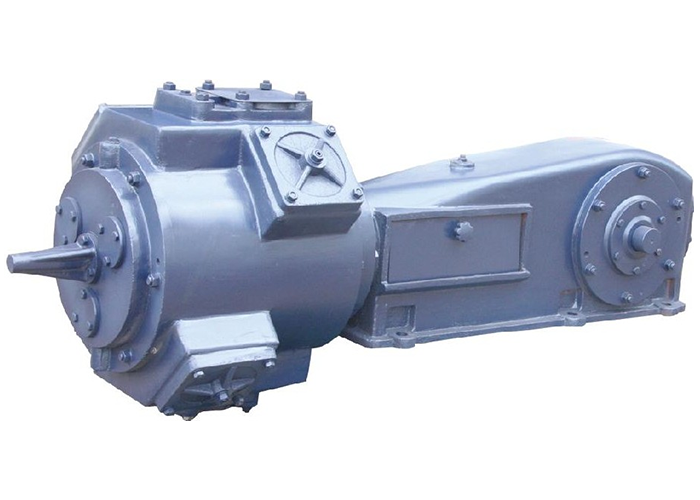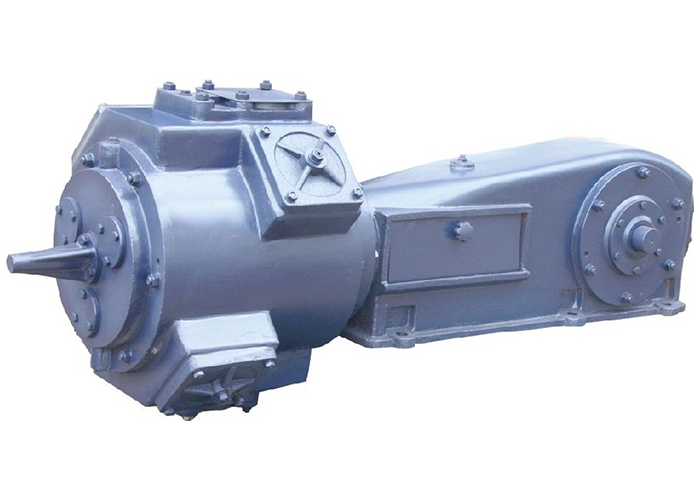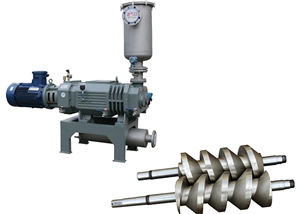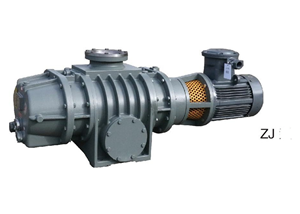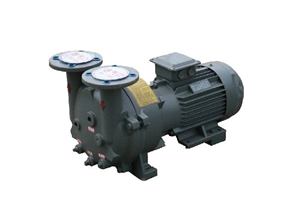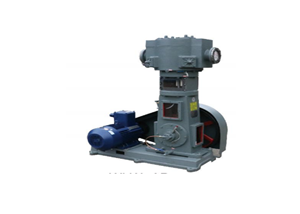Reciprocating Vacuum Pump

1.Nickname
Reciprocating vacuum pumps (also known as piston vacuum pumps) are dry vacuum pumps.
2.principle
It relies on the reciprocating movement of the piston in the cylinder to inhale and discharge gas.
3.classification
There are two types of reciprocating vacuum pumps, horizontal and vertical.However, horizontal piston vacuum pumps are commonly used; piston vacuum pumps are divided into single-cylinder and double-cylinder.The structure of its exhaust valve has spool valve type and free valve type.
Reciprocating vacuum pumps
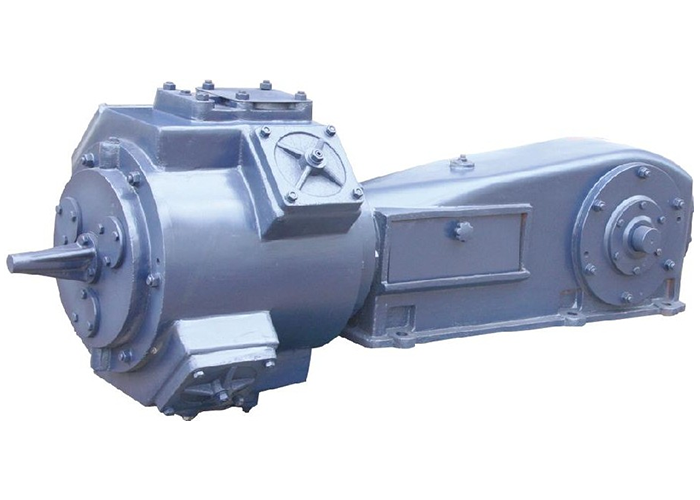
1.Nickname
Reciprocating vacuum pumps (also known as piston vacuum pumps) are dry vacuum pumps.
2.principle
It relies on the reciprocating movement of the piston in the cylinder to inhale and discharge gas.
3.classification
There are two types of reciprocating vacuum pumps, horizontal and vertical.However, horizontal piston vacuum pumps are commonly used; piston vacuum pumps are divided into single-cylinder and double-cylinder.The structure of its exhaust valve has spool valve type and free valve type.
4.Features
The characteristics of reciprocating vacuum pumps are that they are not afraid of water vapor, are firm, and easy to operate.
5.Ultimate vacuum
But its ultimate vacuum degree is not too high:
For example, the ultimate vacuum degree of a spool valve single-stage vacuum pump is 1lTorr (1 Torr=133. 321'a) The ultimate vacuum degree of the spool valve type two-stage vacuum pump is 0. 05- 0. 2Torr.
The ultimate vacuum degree of the free-valve single-stage vacuum pump is 1020Torr, and the pumping speed range of the reciprocating vacuum pump is 45-20,000 cubic meters per hour.
It is mainly used to remove air or other gases from airtight containers or reactors;
Unless special measures are taken, general reciprocating vacuum pumps are not suitable for removing corrosive gases or gases with granular ash.;
The temperature of the pumped gas generally does not exceed 35 degrees.
Our company owns W type - reciprocating vacuum pump ,WY type - reciprocating vacuum pump.

